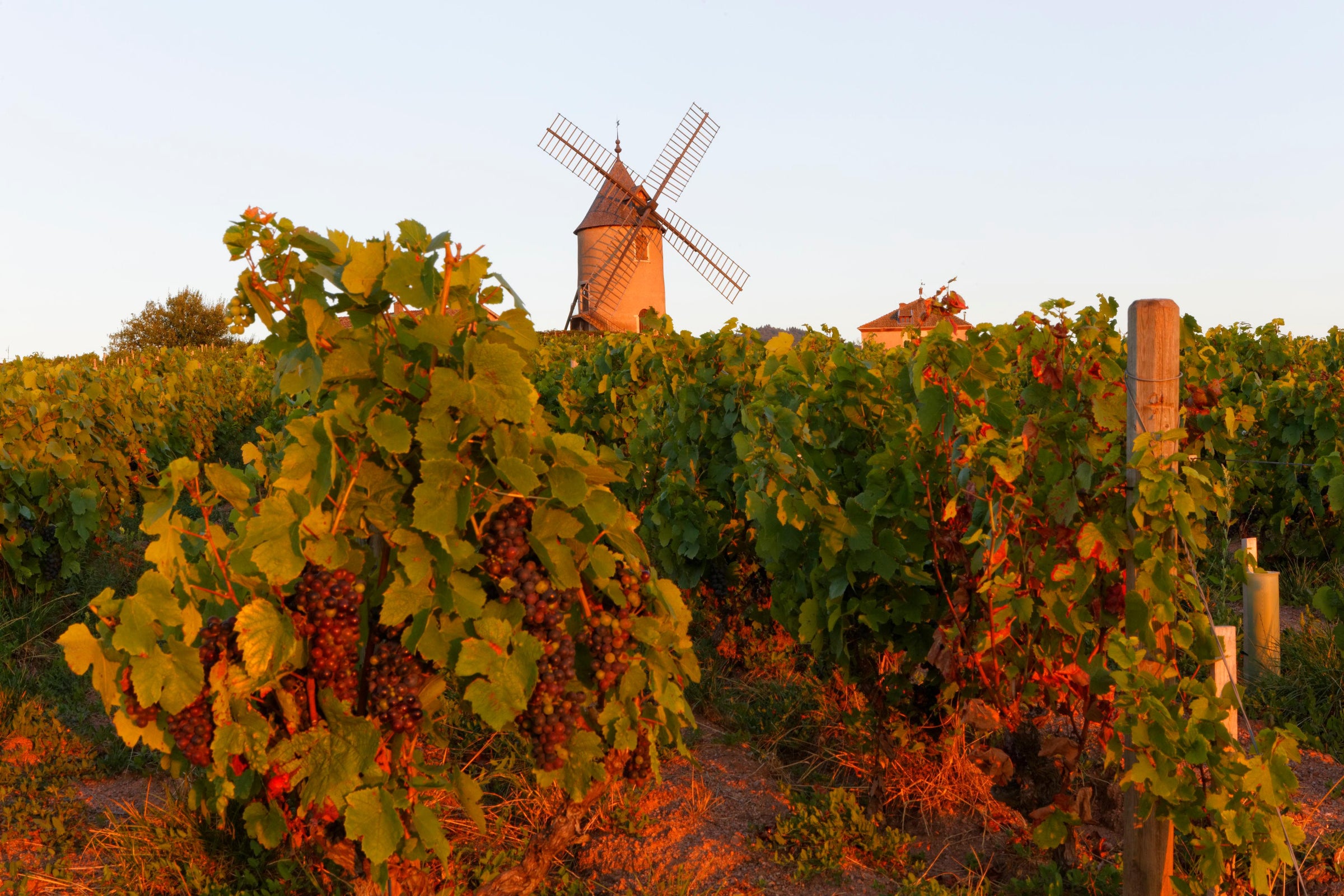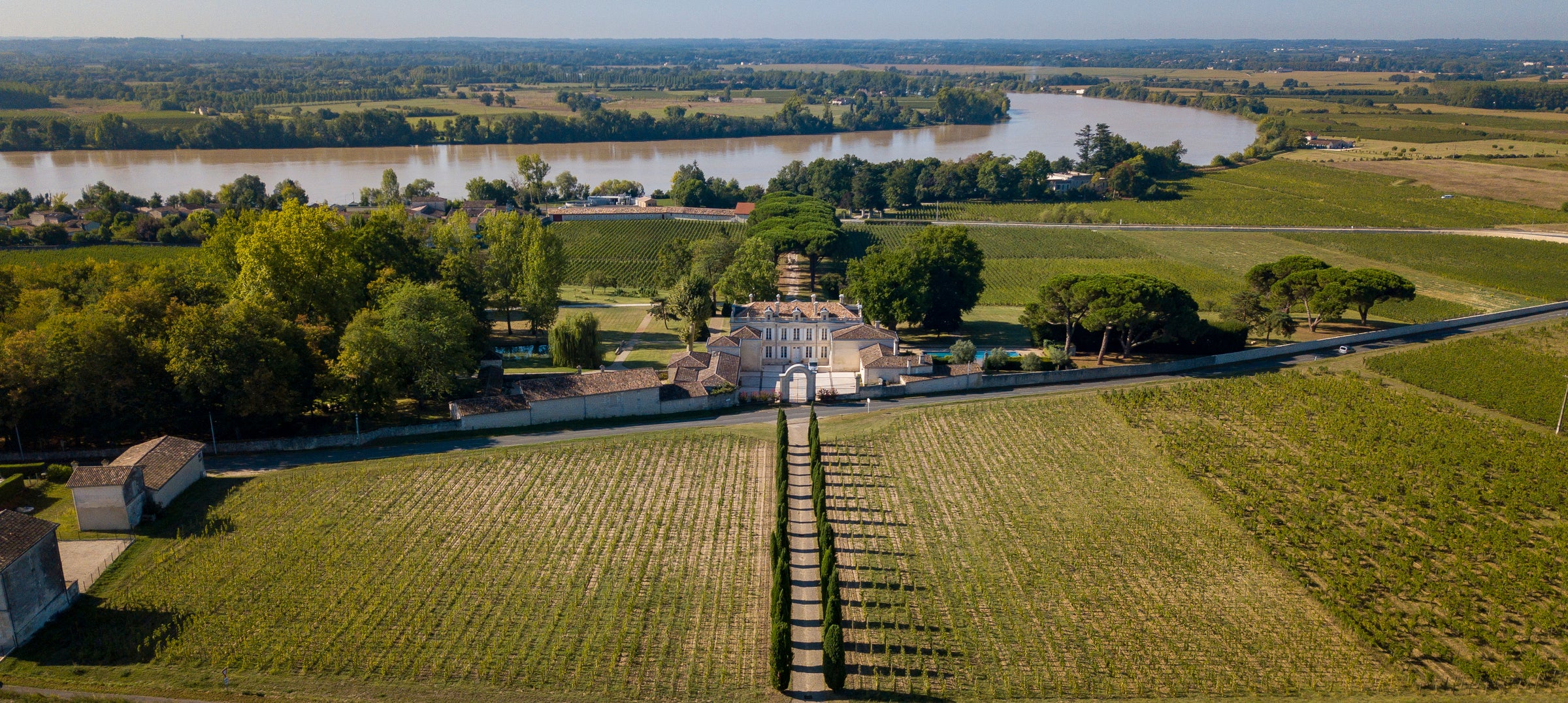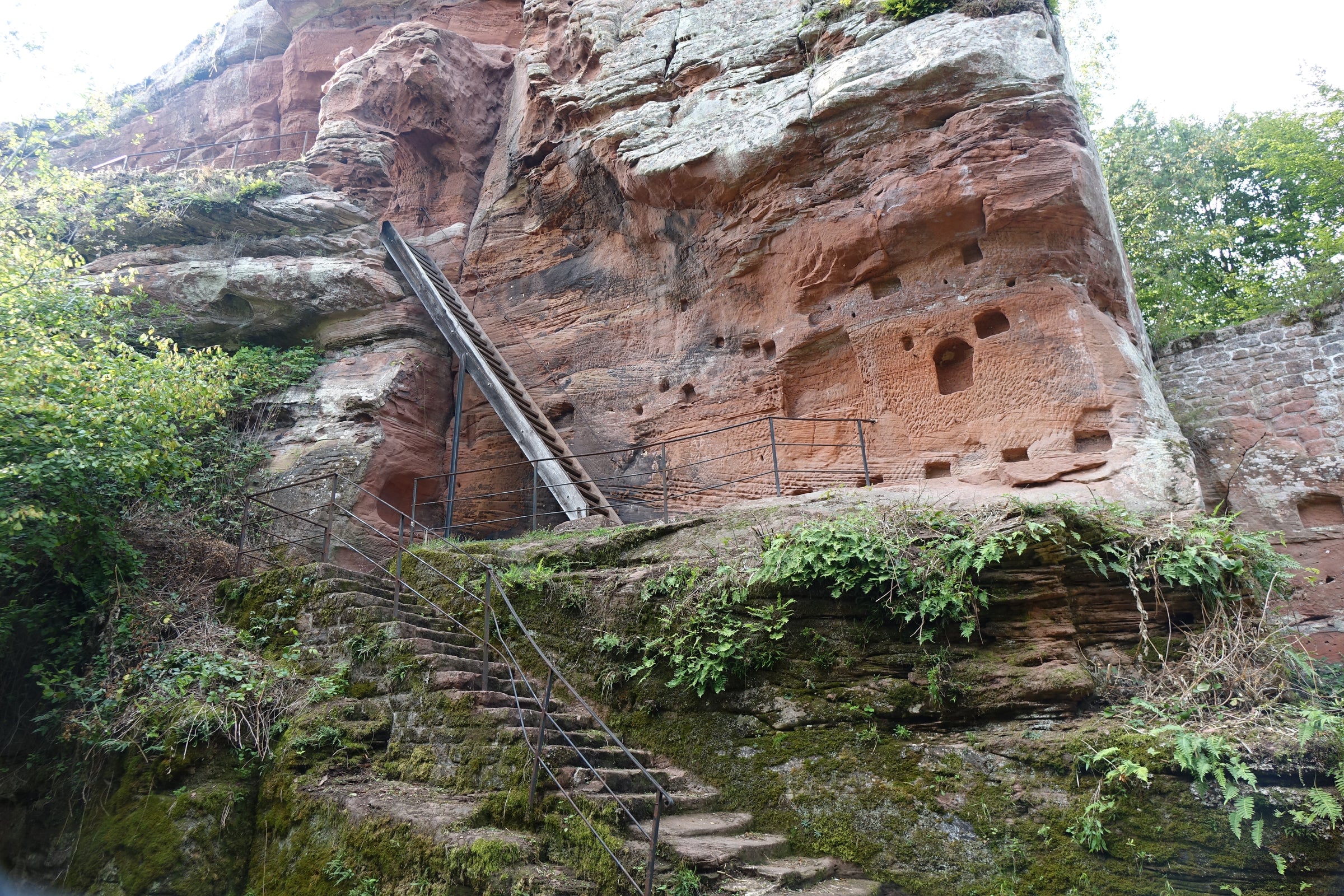When Phillipe and Sandrine Gayral were touring southern France 20 years ago, they stumbled upon a cache of fortified wines that had been aging in barrels for generations. One of the vinous artifacts they unearthed is the sweet, soulful wine on offer today—a 44-year-old Rivesaltes that will haunt your dreams.
The surprising youthfulness and understated grace swirling around this fortified nectar makes for one of the most unique wine experiences we’ve had in a while: Not only is it surprisingly affordable for a wine with so much history and mystique, it’s the kind of ‘meditation wine’ that could very easily transcend the dessert course. With all of its time in bottle its sweetness has moderated and its aromatic complexity has grown exponentially; yes, it would make a perfect after-dinner sipper with some cheeses and almonds, but I could also see it stunning dinner guests in a pairing earlier in the meal, with a savory dish. So often with sweet wines, we focus on the “sweet” part more than the “wine” part. This is the kind of bottle that changes the game, as those lucky enough to score some of our small supply will soon find out. We can offer up to three bottles per person today, and given its amazing value-for-dollar, I suspect it will disappear quickly.
There was a southern French tradition during the 19th and 20th centuries (mostly fizzling out around the 1980s) that saw many small family producers crafting fortified wines that aged for absurd lengths of time in barrel. These wines were typically sold to merchants or enjoyed in chic Parisian restaurants, but the winemakers usually held a barrel or two back for special occasions—a family member’s birthday, an anniversary, a get-together; whatever or whenever it was, the winemaker would only bottle what was needed. When these vins doux naturels (fortified sweet) wines fell from the grace of popularity, most winemakers left the barrels where they were until their rediscovery.
In the early 2000s, Phillipe and Sandrine Gayral (who now own the largest collection of vin doux naturel wines from the 1900s), started scouring the countryside of Rivesaltes, Banyuls, and Maury in search of these “forgotten barrels.” They would meet with the families, who would then point them to their one or two remaining foudres containing vin doux naturel from decades past. Assuming nobody cared about the wine, some estates were ecstatic when Phillipe and Sandrine offered to buy the barrels and bottle them for resale; others, however, took years to convince. And then, there were some estates that would tell them the barrel in question was from another local producer, bought by a friend of a friend long ago—so they would have to follow whatever breadcrumb trail remained!
Southern France’s Vin Doux Naturel (VDN) was first made in 13th century when mutage was discovered. Put simply, this is a process where a neutral spirit is added to prematurely kill yeast and suspend fermentation, leaving a concentrated and sweet wine with elevated alcohol—essentially the same practice used to make Port wines. Today’s Rivesaltes was produced by a historic cooperative winery in the eastern Pyrénées that was established by eight winemakers in 1909. After crafting the wine in 1975, it sat in casks for decades until it was discovered by the Gayrals and bottled at their home base in 2014, without any additions or treatment.
This 1975 Rivesaltes reveals a vibrant mahogany core with deep amber tones. It swirls heavily with intense viscosity that gives you an idea of the massively pungent, almost Sherry-like aromas to come. Expect red and black plum preserves, figs, dates, orange marmalade, assorted warm spices, toasted nuts, honeycomb, dried orange peel, sandalwood, and a lingering candied fruit sensation that is tinged with a slight herbal component. The youthfulness of this ancient gems is extraordinary: It shows so much lift and energy on a palate that is populated with a potpourri of dried fruit and countless savory components. You’d think a high-alcohol, fortified sweet wine would be cloying and unctious—not this! It’s amazingly bright with lifted notes of acidity that further assist in taming the already-moderated sweetness (aging decades in a barrel certainly helped, too). This has easily withstood the test of time, so there is no rush to drink this—it will last decades longer should you want it to. Enjoy in all-purpose glasses around cellar temperature and pair it with an assortment of dried fruits, cheese, and nuts—as either an apéritif or a dessert—or take the pairing adventure up a notch and plug it in where a dry wine might otherwise go, like with a Moroccan lamb tagine. It’ll work, believe me, but regardless—even if you just sip it slowly on its own—don’t miss the profound experience that is this wine. It’s too memorable to pass up!






